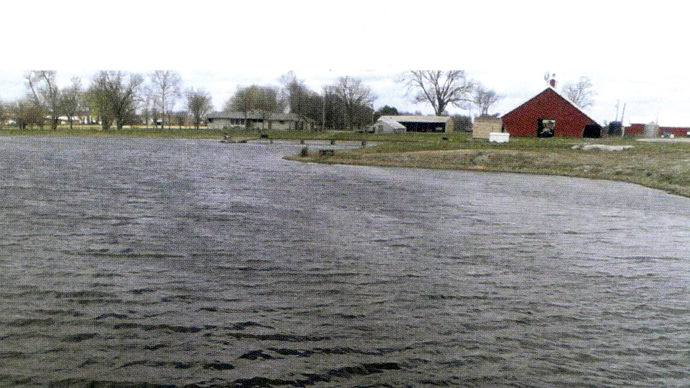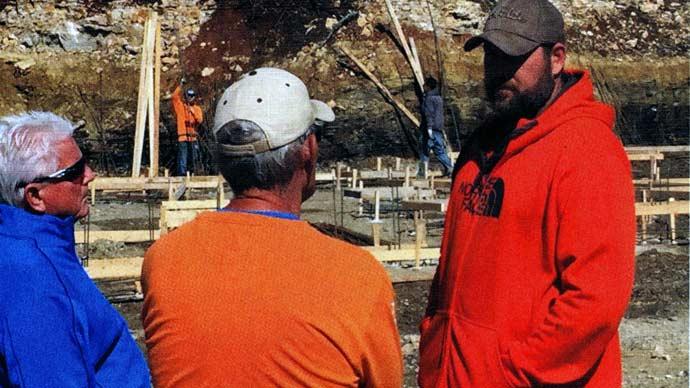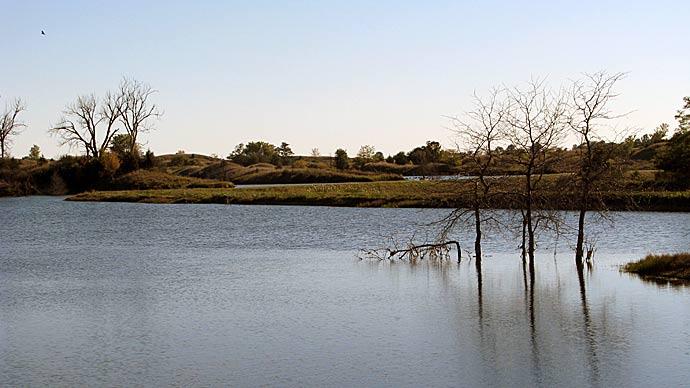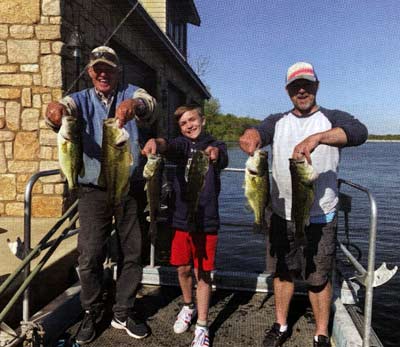
Here we are, in Part 6 of this series, about Lake Deanna, near Drexel, Missouri. In earlier articles, we shared how Greg and Deanna Graves had a dream—how that dream became a reality with outstanding planning, engineering, and execution. It took almost three years to go through the planning and permitting phase, dam construction, habitat design, and building, and then watching the lake slowly fill with enough water to stock fish.
Fish were stocked in phases, forage fish first, followed by smallmouth bass, walleye, and then Largemouth bass. He stocked native crawfish and even some freshwater shrimp, Machrobrachium species, for good measure after all other species had been introduced. He also added more walleye a year into the stocking plan, primarily because we know they won't reproduce in his lake.
The fish had some time to grow. Forage fish were stocked in May 2018. Fathead minnows, two sizes of bluegills (1-2" and 3-4"), and redear sunfish were added. 5-8" walleye and 3-4" smallmouth bass were stocked in November 2018. Largemouth bass were stocked in June 2019. Those bass were fingerlings, about 2-3" long.
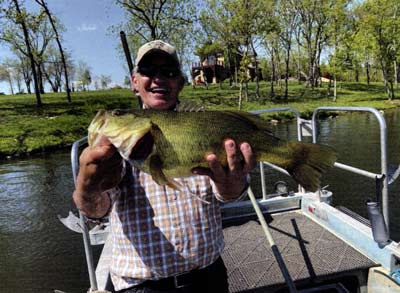
Fast-forward not quite two years from the Largemouth bass stocking, and we decided it was time to take stock of the inventory. In May 2021, Lake Deanna was electrofished, and an outstanding sample of fish was collected.
During that survey, we weighed and measured two dozen walleye, ranging in length from just more than 13 inches to just under 20 inches. Weights ranged beyond two pounds at the largest. That's an excellent growth rate for a private lake in western Missouri. Keep in mind that this lake was designed to offer the best walleye and smallmouth bass habitat it could have for that site. Relative weights were also interesting, ranging from 80% to just above 105%. That means some fish have run out of food for their sizes. So, we recommended the Graves go ahead and start eating some of their walleyes.
Smallmouth bass numbers were slightly lower than we'd hoped, but that wasn't totally unexpected. Smallies are included to diversify the fishery. But we did capture enough to see that those that have survived are thriving. The biggest one tipped the scales over two pounds. Smallmouth bass have a hard time competing with Largemouth bass.
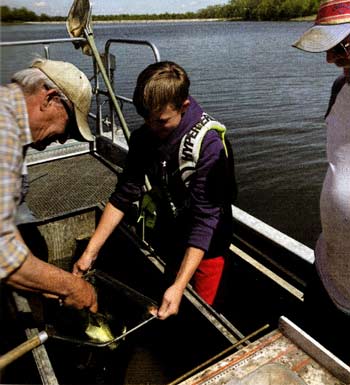
What was most astonishing was the growth rates of the best-of-the-best Largemouth bass. When we came up with the stocking plan and associated management strategy, a big part of the goal was to grow some trophy Largemouth bass. Judging by the sampling, we are well on the way to bass of trophy status.
Our theory was to overstock the Largemouth bass, after all, the other fish had a significant head start. This would give the other species enough time to grow, find their niches, and for the food chain to develop enough to support the Largemouth. Greg started a feeding program to supplement bluegills and minnows early on, and it certainly has made a difference.
His bass, about two years old at the time of the survey in May 2021, ranged in size starting at 10 inches. We totally expected to capture quite a few bass in the 10-14-inch size range, which we did. We hoped for a few that would push up beyond two pounds.
We weren't disappointed.
We weighed and measured more than 50 bass and observed another 50-plus that we didn't net and bring into the boat.
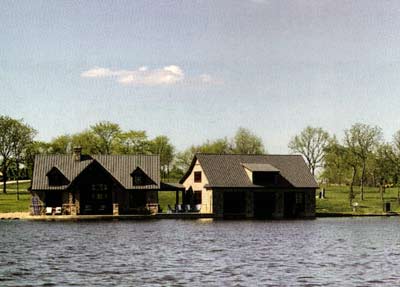
Eight of those bass were larger than two pounds, with a couple knocking on the door of three. As we made a turn around a vegetated point, I saw a bass turn up that took my breath away. The netters collected it, and we stopped immediately to weigh and measure that bass. It was 19 inches long and weighed 4.65 pounds...at two years of age... in Missouri!
Everyone in the boat was amazed at the size and girth of that fish.
Lake Deanna is on its way to trophy status.
The lake is maturing nicely. Water chemistry, quality, and biology are on a good track. The water is "happy." When we designed the habitat plan, we left some shelves along a big retaining wall for fish to spawn and for aquatic plant growth to create nursery areas along ridges and slopes that lead down to fishable structures, fallen timber, and rock piles—lots of rock piles.
The fishery is a direct consequence of habitat and happy water. Greg and Deanna finished their boat house, guest cabin, and party barn. Their main house was mostly finished by the end of May, and they are set up for some fantastic memories with family, friends, and colleagues.
With the lake as the primary focal point, there's no doubt in my fisheries biologist brain that one day, in the not-too-distant future, I'll get that phone call or that text with a photo of a giant fish and an even bigger smile on Greg Graves' face.
Reprinted with permission from Pond Boss Magazine

